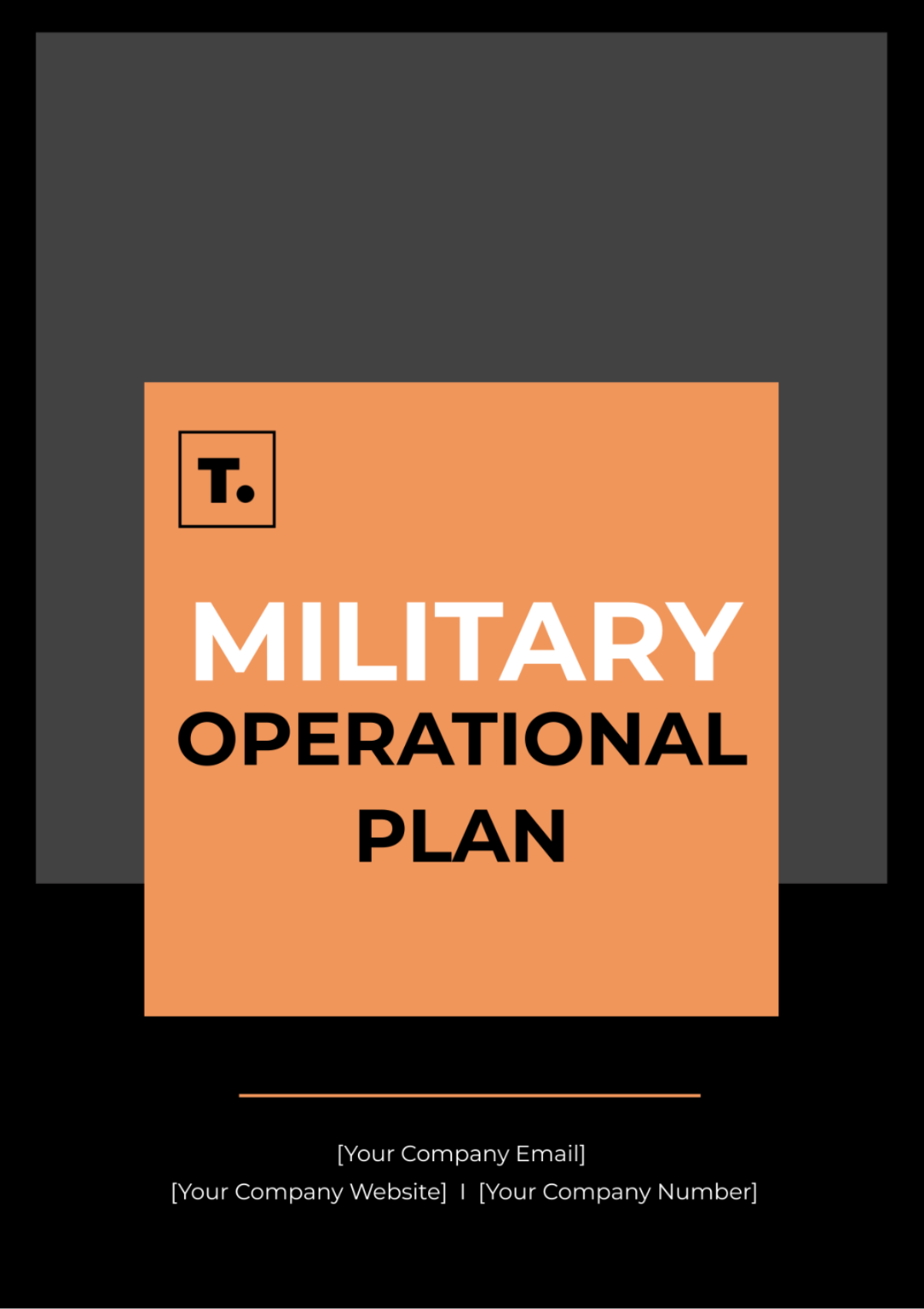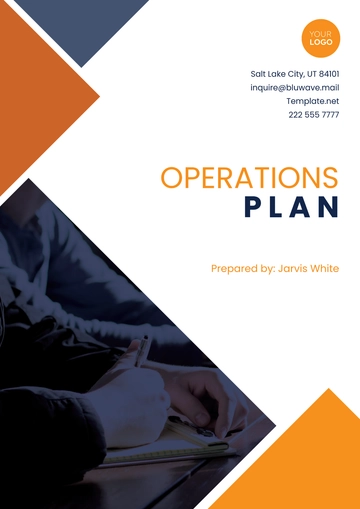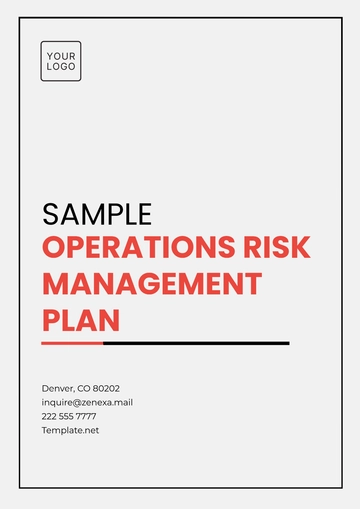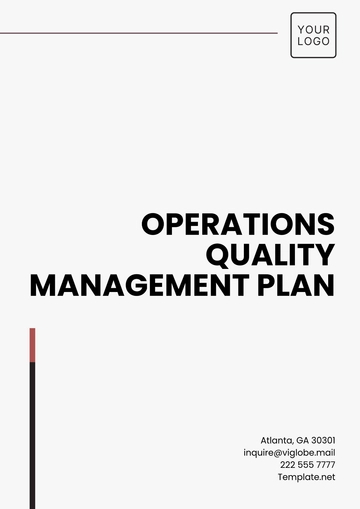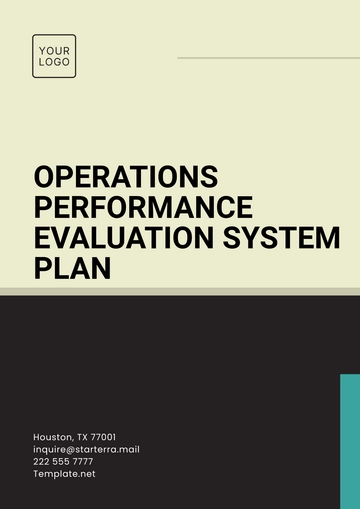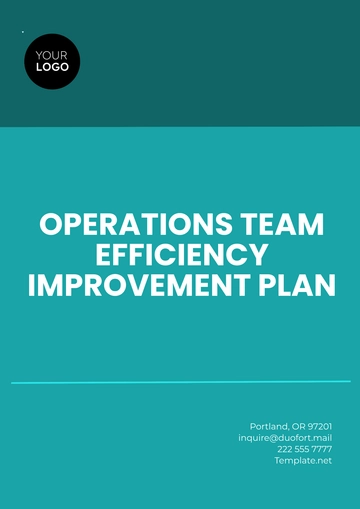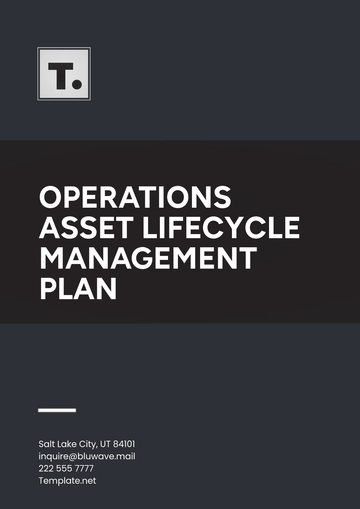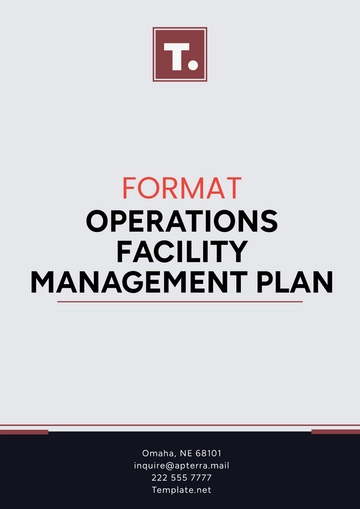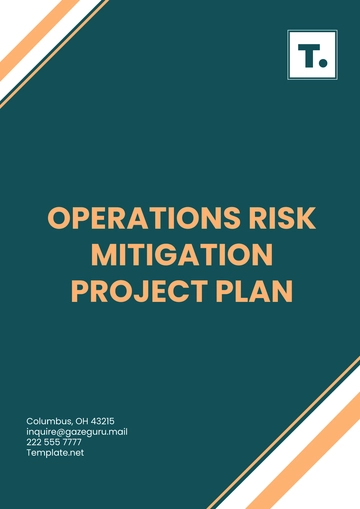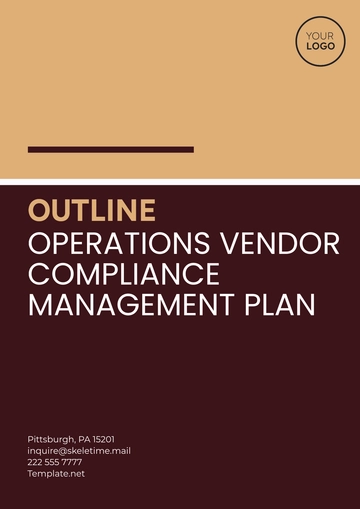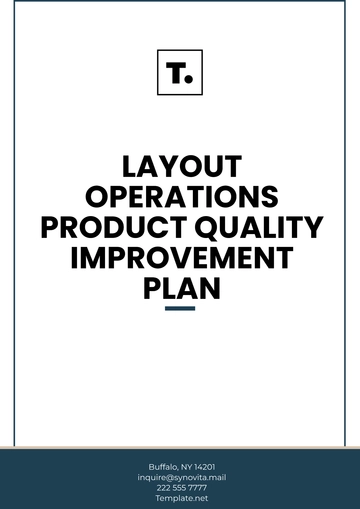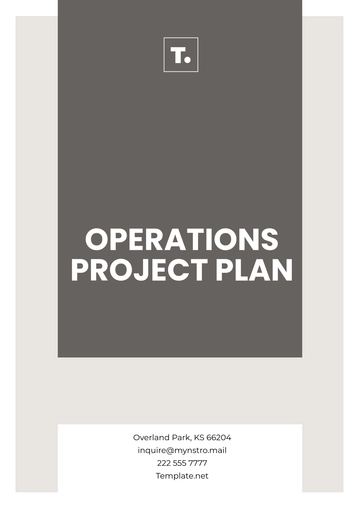Military Operations Plan
I. Executive Summary
Objective
The objective of this military operation is to conduct a rapid response counter-terrorism mission to neutralize a terrorist cell operating in [Region]. The primary goal is to eliminate the threat posed by the terrorist organization [Terrorist Group] and restore stability in the region.
Key Considerations
Swift and decisive action is required to prevent further escalation of terrorist activities.
The operation will require close coordination with local security forces and intelligence agencies to gather actionable intelligence.
II. Situation Analysis
A. Operational Environment
Enemy Forces:
The terrorist cell consists of approximately 50 militants trained in guerrilla tactics and explosives.
They are known to operate in mountainous terrain, utilizing caves and rugged terrain for cover and concealment.
Terrain and Weather
B. Intelligence Assessment
Intelligence Sources:
Intelligence will be gathered from aerial surveillance, human intelligence assets, and intercepted communications.
Satellite imagery and drone reconnaissance will provide real-time situational awareness.
Threat Assessment:
[Terrorist Group] is highly motivated and possesses sophisticated weaponry, including improvised explosive devices (IEDs) and small arms.
They have demonstrated a willingness to target civilian populations and infrastructure to achieve their objectives.
III. Mission Statement
Objective
The mission is to locate and neutralize the leadership and operational capabilities of [Terrorist Group] within 30 days, minimizing collateral damage and civilian casualties.
Scope
The operation will encompass a 50-kilometer radius, with a focus on disrupting enemy supply lines and safe havens.
IV. Concept of Operations (CONOPS)
Strategy
Employ a combination of special operations forces and aerial strikes to target high-value individuals and infrastructure.
Conduct simultaneous raids on multiple enemy compounds to disorient and overwhelm the enemy.
Tactics
V. Task Organization
Command Structure
Joint Task Force Eagle Strike will oversee the operation, with [Your Name] serving as the overall commander.
Special Operations Task Group Shadow Blade will lead ground operations, supported by the 1st Special Forces Group.
Unit Allocation
VI. Logistics and Support Plan
Supply Chain
Establish forward operating bases (FOBs) to provide logistical support and resupply for deployed forces.
Coordinate with local authorities and non-governmental organizations (NGOs) for humanitarian assistance and medical support.
Medical Support
VII. Command and Control
Communication Plan
Utilize encrypted communication systems to maintain secure and reliable communications between command elements and deployed forces.
Establish redundant communication channels to mitigate the risk of signal jamming or interception.
Coordination Mechanisms
Conduct regular briefings and updates to ensure all units are aware of mission objectives and changes in the operational environment.
Implement a flexible command structure to adapt to changing circumstances and unforeseen challenges.
VIII. Risk Assessment and Mitigation
Risk Identification
Potential risks include enemy ambushes, improvised explosive devices (IEDs), and hostile civilian populations sympathetic to [Terrorist Group].
Environmental factors such as harsh terrain and inclement weather may impact operational effectiveness.
Mitigation Strategies
Conduct thorough reconnaissance and intelligence gathering to minimize the risk of surprise attacks.
Implement strict rules of engagement (ROE) to minimize the risk of civilian casualties and collateral damage.
IX. Timeline and Milestones
Key Events
[Date 1]: Deployment of reconnaissance teams to gather intelligence on enemy positions.
[Date 2]: Commencement of airstrikes targeting enemy strongholds and command centers.
[Date 3]: Ground assault to capture or neutralize remaining enemy fighters and leadership.
Monitoring and Evaluation
Regular assessments will be conducted to evaluate the progress of the operation and adjust tactics as necessary.
After-action reviews (AARs) will be conducted to identify lessons learned and best practices for future operations.
X. Annexes and Appendices
Maps
Detailed maps of the operational area, including enemy positions, friendly forces, and key terrain features.
Intelligence Reports
XI. Financial Projections
Year | Revenue ($) | Expenses ($) | Net Income ($) |
|---|
2050 | 1,500,000 | 1,200,000 | 300,000 |
2051 | 1,800,000 | 1,400,000 | 400,000 |
2052 | 2,000,000 | 1,600,000 | 400,000 |
XII. SWOT Analysis
Strengths
Weaknesses
Opportunities
Collaboration with local security forces and intelligence agencies to gather actionable intelligence.
Demonstrate the capabilities and resolve of [Country] to combat terrorism and ensure regional stability.
Threats
Plan Templates @ Template.net
